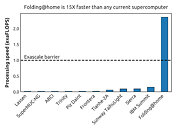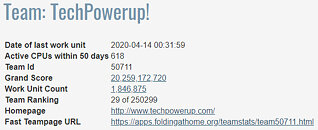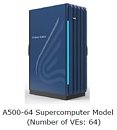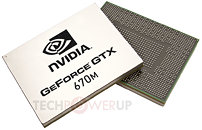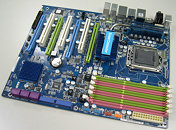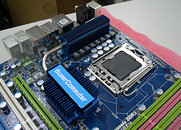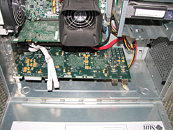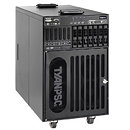
NVIDIA Calls for Global Investment into Sovereign AI
Nations have long invested in domestic infrastructure to advance their economies, control their own data and take advantage of technology opportunities in areas such as transportation, communications, commerce, entertainment and healthcare. AI, the most important technology of our time, is turbocharging innovation across every facet of society. It's expected to generate trillions of dollars in economic dividends and productivity gains. Countries are investing in sovereign AI to develop and harness such benefits on their own. Sovereign AI refers to a nation's capabilities to produce artificial intelligence using its own infrastructure, data, workforce and business networks.
Why Sovereign AI Is Important
The global imperative for nations to invest in sovereign AI capabilities has grown since the rise of generative AI, which is reshaping markets, challenging governance models, inspiring new industries and transforming others—from gaming to biopharma. It's also rewriting the nature of work, as people in many fields start using AI-powered "copilots." Sovereign AI encompasses both physical and data infrastructures. The latter includes sovereign foundation models, such as large language models, developed by local teams and trained on local datasets to promote inclusiveness with specific dialects, cultures and practices. For example, speech AI models can help preserve, promote and revitalize indigenous languages. And LLMs aren't just for teaching AIs human languages, but for writing software code, protecting consumers from financial fraud, teaching robots physical skills and much more.
Why Sovereign AI Is Important
The global imperative for nations to invest in sovereign AI capabilities has grown since the rise of generative AI, which is reshaping markets, challenging governance models, inspiring new industries and transforming others—from gaming to biopharma. It's also rewriting the nature of work, as people in many fields start using AI-powered "copilots." Sovereign AI encompasses both physical and data infrastructures. The latter includes sovereign foundation models, such as large language models, developed by local teams and trained on local datasets to promote inclusiveness with specific dialects, cultures and practices. For example, speech AI models can help preserve, promote and revitalize indigenous languages. And LLMs aren't just for teaching AIs human languages, but for writing software code, protecting consumers from financial fraud, teaching robots physical skills and much more.








